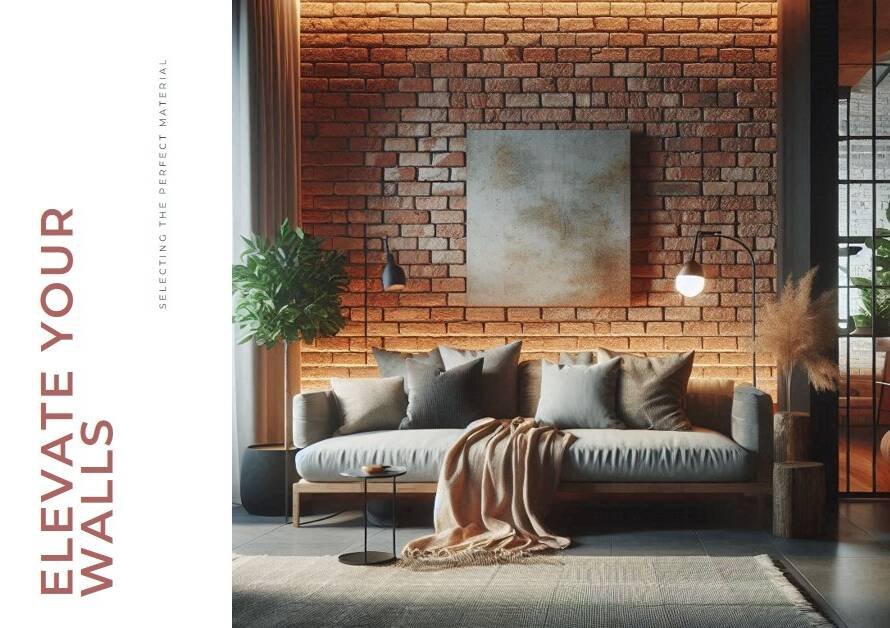
Table of Contents
Architectural rendering plays a pivotal role in visualizing designs and communicating ideas effectively. However, like any complex process, it comes with its own set of challenges. From technical glitches to aesthetic concerns, navigating these obstacles is crucial for achieving stunning and accurate renderings. In this guide, we’ll explore 10 common issues with architectural rendering and provide actionable solutions to overcome them
1. Issue: Long Render Times – Architectural Rendering
One of the most prevalent challenges in architectural rendering is long render times, especially when dealing with complex scenes or high-resolution outputs. Waiting hours or even days for a single render can significantly slow down project timelines and productivity.
Solution: Invest in powerful hardware, such as multi-core processors and high-end graphics cards, to expedite rendering times. Additionally, optimize scene complexity by using proxy objects for detailed elements that are not in focus. Utilize render farms or cloud rendering services for distributed computing, leveraging multiple machines to speed up rendering tasks.
2. Issue: Unrealistic Lighting and Shadows
Achieving realistic lighting and shadows is crucial for lifelike architectural renders. However, improper settings or unrealistic light sources can lead to flat-looking scenes or overly harsh shadows that detract from the overall visual appeal.
Solution: Utilize physically-based rendering (PBR) engines that accurately simulate light behavior and material interactions. Experiment with different light types (natural, artificial, ambient) and adjust parameters such as intensity, color temperature, and shadow softness to achieve desired effects. Incorporate HDR (High Dynamic Range) images for realistic lighting environments and use light portals for interior scenes to enhance natural light penetration.
3. Issue: Texture Mapping Distortions
Texture mapping distortions, such as stretching or blurring, can detract from the realism of architectural renders, especially when showcasing detailed surfaces like wood grains or brick patterns.
Solution: Ensure proper UV mapping of textures onto 3D models to minimize distortions. Use high-resolution texture maps and apply them at appropriate scales to maintain clarity and detail. Consider using procedural textures or tileable textures for repetitive patterns to avoid visible seams or inconsistencies.
4. Issue: Noise and Grain in Renders
Noisy or grainy renders can result from insufficient sampling or improper settings in rendering engines, leading to a loss of image quality and realism.
Solution: Increase sampling rates (samples per pixel) in rendering settings to reduce noise levels, balancing render time and quality. Utilize denoising algorithms available in modern rendering software to post-process noisy renders efficiently. Experiment with different render settings, such as adaptive sampling or light path tracing, to optimize noise reduction without compromising render times excessively.
5. Issue: Lack of Realism in Materials
Creating realistic materials, such as metals, glass, or fabrics, can be challenging due to nuances in surface properties and light interactions.
Solution: Use physically accurate material shaders that replicate real-world properties like reflectivity, roughness, and transparency. Incorporate texture maps for bump, displacement, and specular effects to add depth and realism to materials. Experiment with material presets or libraries provided by rendering software and customize parameters to match specific design requirements.
6. Issue: Unrealistic Vegetation and Landscapes
Rendering natural elements like trees, grass, and landscapes convincingly can be daunting, especially when aiming for high-quality visualizations.
Solution: Utilize specialized vegetation plugins or libraries that offer realistic 3D models of plants and trees with customizable parameters. Combine 3D models with procedural techniques for generating foliage and terrain details, maintaining visual quality while optimizing scene complexity. Pay attention to lighting and shading interactions with vegetation to enhance realism, such as subsurface scattering for leaves or realistic shadows cast by trees.
7. Issue: Inaccurate Scale and Proportions
Maintaining accurate scale and proportions in architectural renders is critical for conveying spatial relationships and design intent accurately.
Solution: Ensure proper scene scaling based on real-world units (feet, meters) to maintain accuracy in dimensions. Use reference objects or human-scale figures within scenes to provide visual context and validate scale. Double-check imported models or assets for correct scaling relative to the scene environment, adjusting as necessary.
8. Issue: Limited Photorealism in Renderings
Achieving photorealistic results in architectural renders requires attention to detail, realistic lighting, materials, and environmental factors.
Solution: Utilize image-based lighting (IBL) techniques with HDR environments to capture realistic lighting conditions and reflections. Incorporate physical camera settings such as depth of field, aperture, and exposure to mimic real-world photography effects. Fine-tune material properties and textures based on real-world references, capturing subtle imperfections and variations for added realism.
9. Issue: Compatibility and Integration Challenges
Working with multiple software tools and file formats in the architectural rendering pipeline can lead to compatibility issues and workflow disruptions.
Solution: Standardize file formats and collaborate using compatible software suites or plugins that offer seamless integration between design, modeling, and rendering stages. Utilize industry-standard formats like OBJ, FBX, or COLLADA for interoperability between different software platforms. Regularly update software versions and plugins to leverage new features and improvements in compatibility.
10. Issue: Insufficient Client Feedback and Iteration


Limited client feedback or miscommunication during the rendering process can result in revisions or changes late in the project timeline, impacting deadlines and budgets.
Solution: Establish clear communication channels and expectations with clients regarding render iterations, feedback cycles, and project milestones. Provide interactive previews or real-time rendering sessions using tools like VR (Virtual Reality) or interactive walkthroughs to gather early feedback and validate design concepts. Use collaborative platforms or project management tools to streamline communication, file sharing, and revision tracking throughout the rendering process.
By addressing these common challenges proactively and leveraging best practices and technological advancements in architectural rendering, professionals can achieve exceptional visualizations that accurately represent design visions and captivate stakeholders effectively. Mastering the art of architectural rendering requires a blend of technical expertise, artistic vision, and effective collaboration, paving the way for stunning and impactful architectural presentations.


